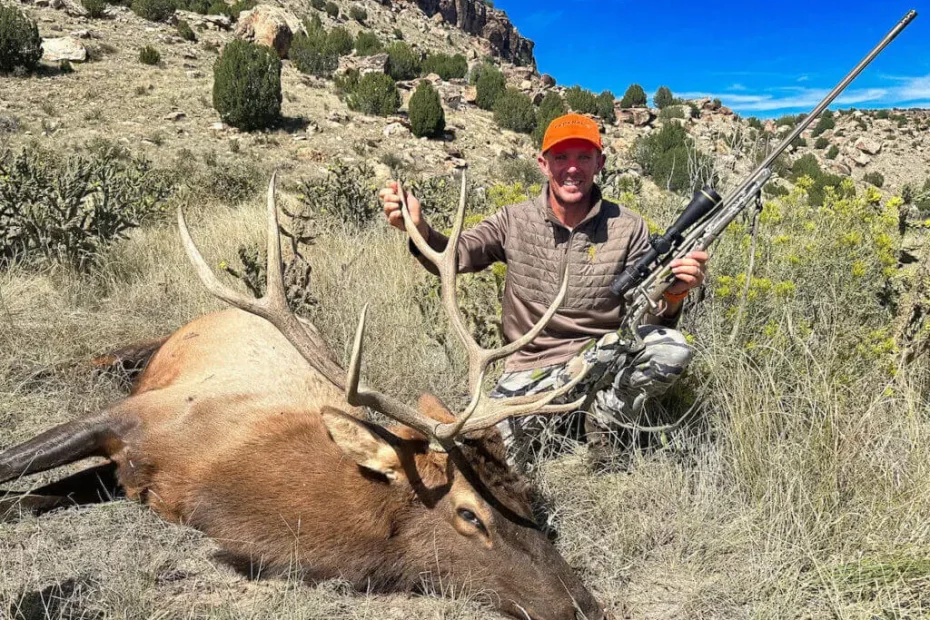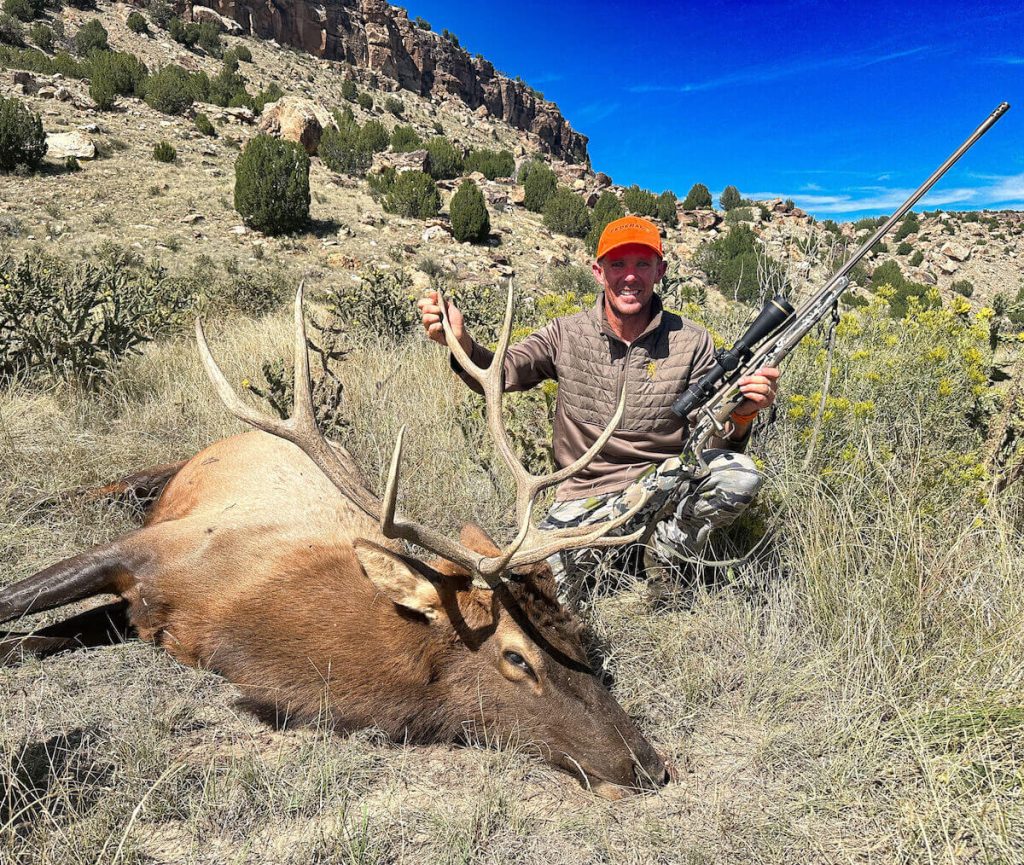
Estimated reading time: 8 minutes
I hate a rifle review that promises a follow-up, post-hunt update that never happens. Sure, there’s a lot one can glean from a standard rifle test/review. However, most hunters want to know how the rifle performs in the field. Well, here you go — the follow-up piece to my September rifle review of Browning’s X-Bolt Speed LR 7mm PRC. If you’ve yet to read that review, click the link.
Table of contents
Found One!
I have a spot — an isolated slice of public-land elk heaven. It doesn’t look like much on the map (thank God), but the sage-sprinkled and cedar-dappled landscape has treated me well over the years.
The location is a bear to access, and when you hit paydirt, you better have horses and mules, or you’ll be hating your life.
On this day, I took my long-time hunting mentor and close friend, Bill Seamans. Bill is an elk-hunting legend — likely the best elk hunter you’ve never heard of — and I was hopeful I’d glass something up.
High atop a canyon rim, I put my new-for-2023 Burris Signature LRF 10×42 binos to work. These high-powered rangefinding binoculars deserve a review (more to come below). After 20 minutes of dissecting the canyon mouth with the glass, I spied a bull. He was over a mile-and-a-half away.
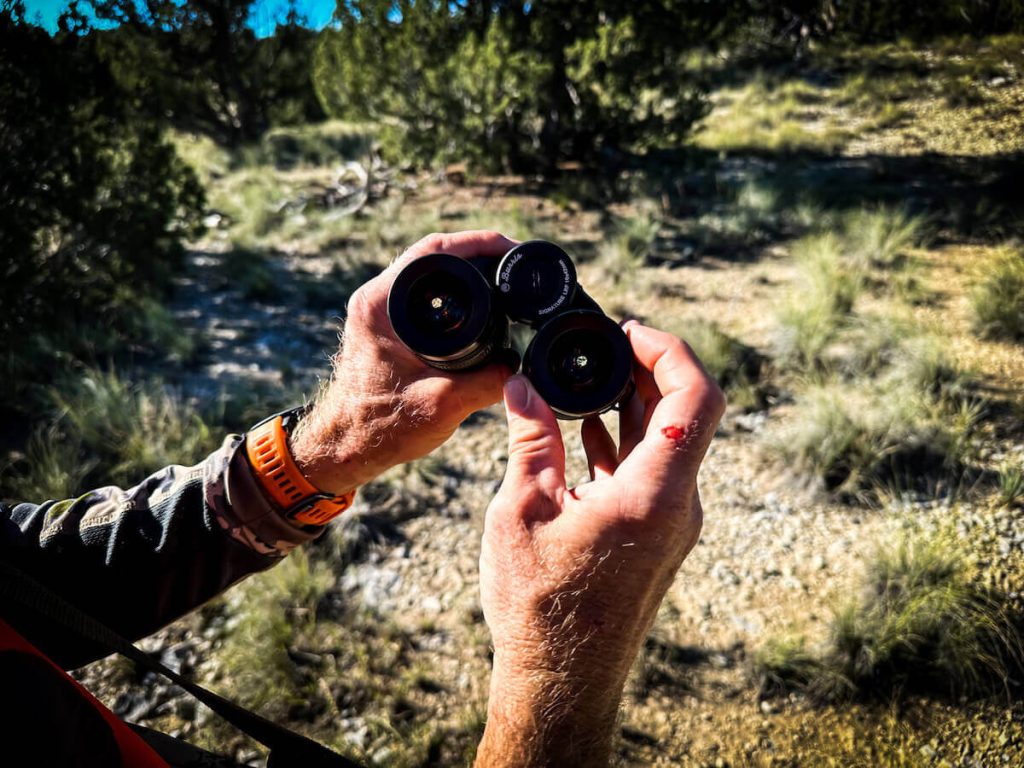
In most elk locations, we would have dropped in elevation, worked in on the bull, and used our Slayer calls to bring him in. This is not one of those locations. The entire canyon rim is 100-foot tall cap rock. There is no getting down. The only access is a six-mile horseback ride to a lone cut that drops you into the canyon. This spot is for calling an elk under the caprock and putting a long-range rifle to work.
Man, Can They Hear
Hunters don’t give the ears of elk nearly enough credit. I used my Rocky Mountain Hunting Calls Black Magic diaphragm to cast a couple of cow mews through my Slayer Swagger Bugle Tube. I prefer to cow call through a bugle tube. The sound is more genuine and throaty, and I have had excellent success with this calling method.
From a mile-and-a-half, the bull snapped his head to attention and started on a march. There’s nothing more exhilarating than calling elk, and in this open, broken country, we got to watch the bull come the entire way.
He hung up a few times, but all that was required was a few more cow calls, and then he would instantly resume his walk.
Wait, There’s More
Because we had so much time to watch the bull, I kept the Burris scanning the landscape, and soon, glassed two more bulls following behind the first.
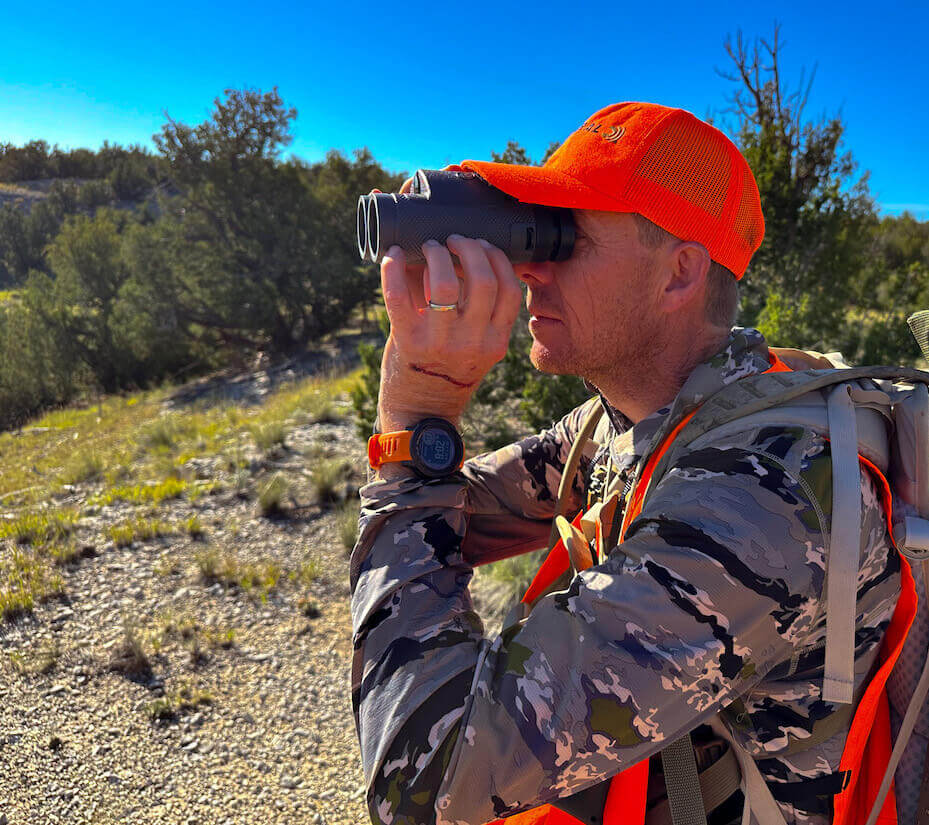
The bull in second place couldn’t resist another bull being in front of him, and he broke into a trot. I got Bill prone — the Browning Speed LR 7MM PRC resting comfortably on my ALPS Elite Frame +3800 Pack.
Bill commented about the exceptional clarity of the Leupold VX-5HD 3-15×56 scope. The sun was cresting the canyon rim in the east, but he had no trouble getting his crosshairs set on the 422-yard bull. I adjusted the CDS-ZL2 Elevation Dial, and Bill squeezed.
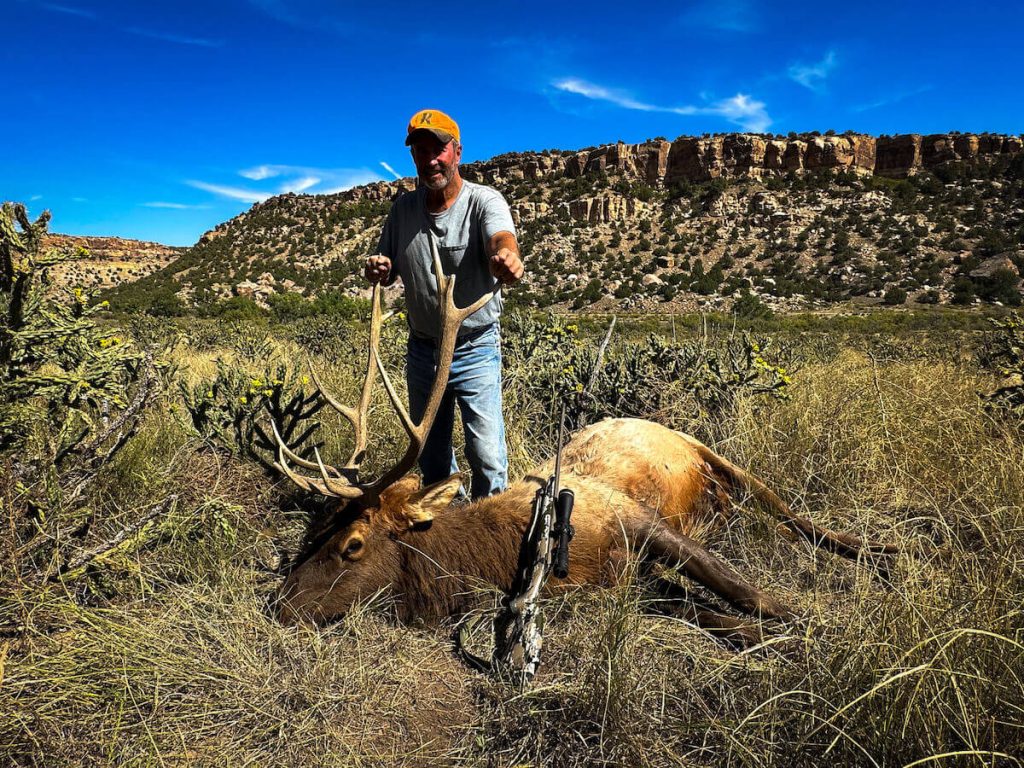
Federal’s 155-Grain Terminal Ascent 7MM PRC ammo performed perfectly. The bull dropped in his tracks. Quickly trading places, I grabbed my Browning, settled the crosshairs on the second bull, and, whammy!
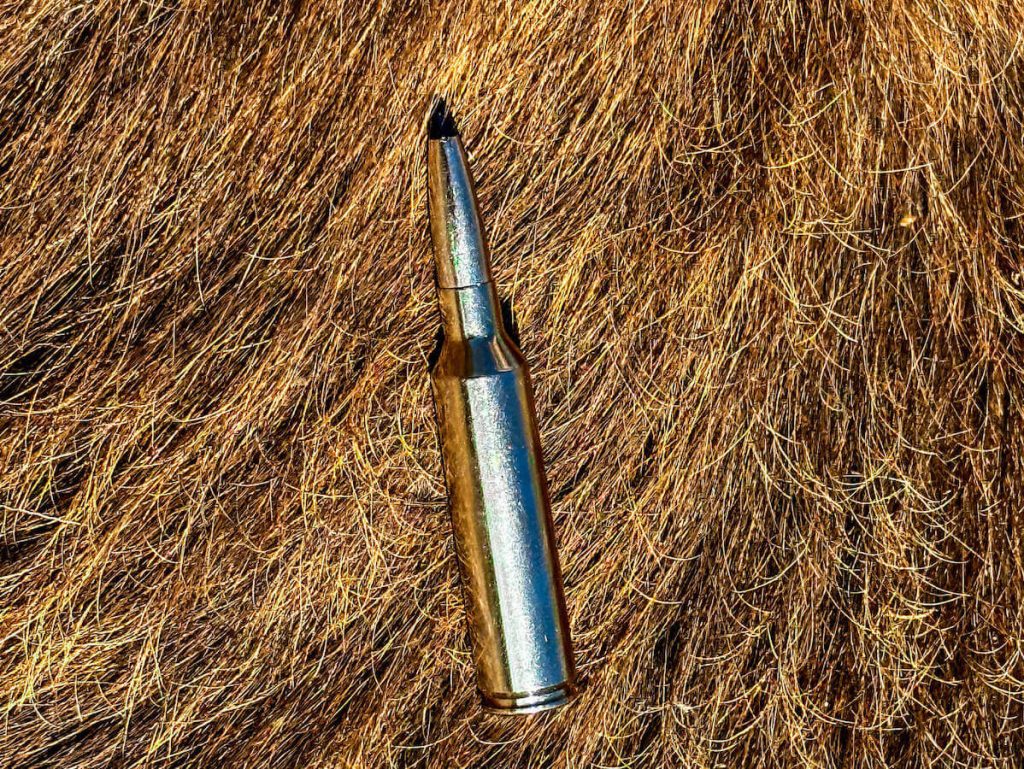
Just like that, we had two OTC public land bulls down mere feet from each other.
The Full Browning Speed LR Experience
The Speed LR is one of the finest long-range rifles I have ever shouldered. During this hunt, it took a beating. We covered 39.8 miles on horseback in rugged country. My horse fell into the river with the rifle in my scabbard. The rifle was soaked, and a jagged river rock dinged the objective bell on the scope.
When it was time for the Speed LR 7MM PRC to perform, though, just as it did repeatedly in testing, put the lead on the mark. Though neither bull’s range (Bill’s 422 and mine 466) was extremely long, I consider anything over 400 yards a long-range shot. This rifle is a stone-cold shooter, and I would have had zero reservations about taking longer shots.
Getting the elk out of the bottom of the canyon was a labor of love, and when Bill’s Ford pulled back into his house, it was 3 a.m. Thank God for good horses and mules.
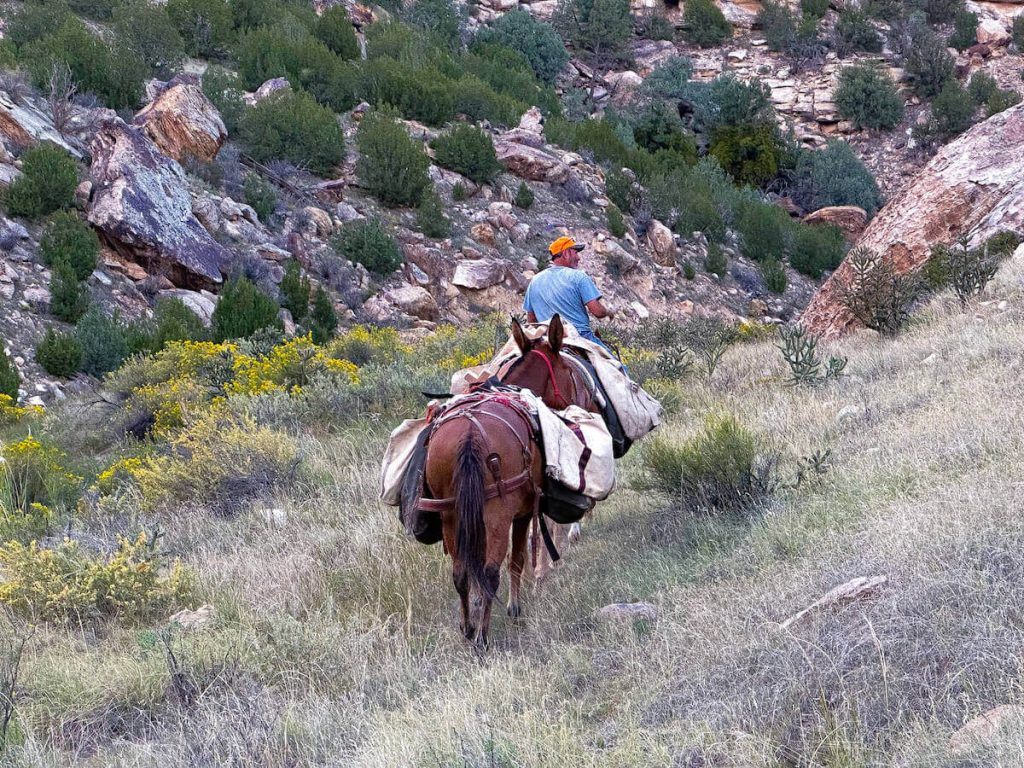
Burris Signature LRF 10×42
I will end this article by highlighting Burris’ Signature LRF 10×42 binos. Naturally, the main focus, and rightly so, is the rangefinding capability of these LRF binos. Still, the optical clarity, field of view, and eye relief are excellent. I had zero trouble turning up elk and other game animals like deer and a small bear from thousands of yards away.
The tripod-adaptable binos feature durable rubber armor on the outside for an enhanced grip and protection against the elements.
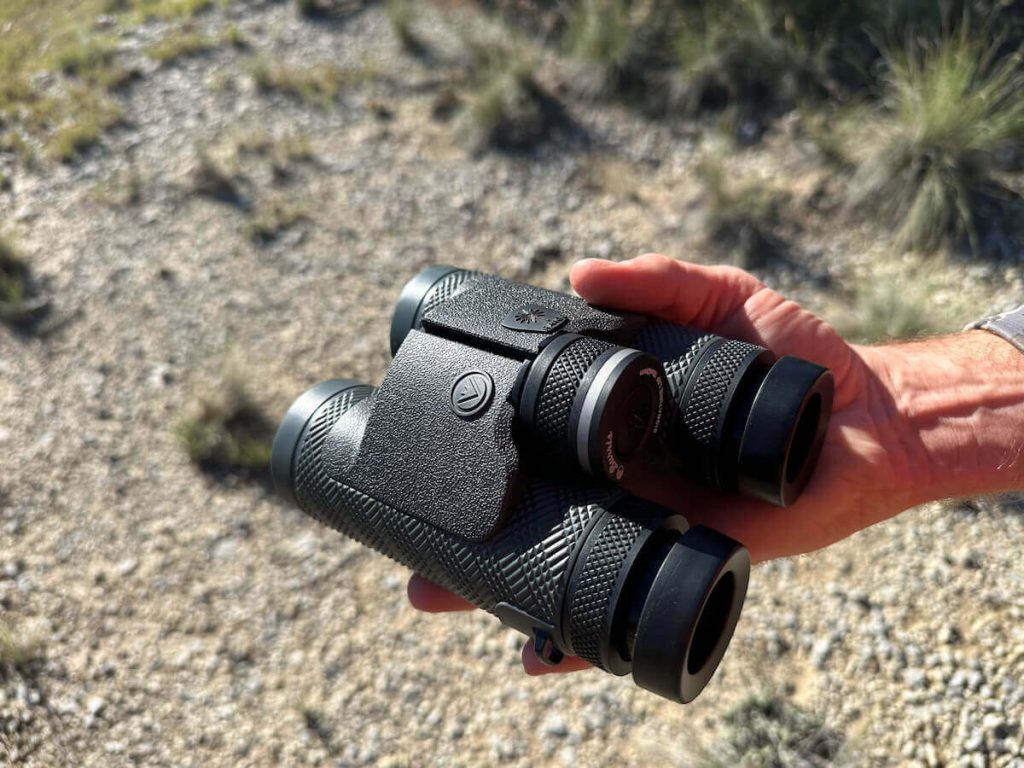
Overall, functionality and setup are second to none. A battery cap is set into the back of the focusing wheel, and Burris includes a CR2 lithium battery. Once inserted, click the right Range button, and you’ll immediately notice how quickly the laser measures targets out to 2,600 yards. The readout is immediate, and I like the circle-style ranging reticle.
Burris Has Great Settings
The brightness display can be altered in five different settings. To change the brightness setting, click the Range and Mode buttons, in that order. First, you’ll need to select your operating mode. I like Hunt Mode, which is displayed by a scoped rifle graphic. This mode displays the actual range of the target and is useful when ranging through branches and vegetation. Your other two settings, Auto Mode and Sport Mode, are also incredibly functional.
READ MORE: The Rundown On Nikon’s LaserForce 10×42 Rangefinder Binoculars
Auto Mode displays the target range with the strongest signal, and Sport Mode displays the closest target in a group.
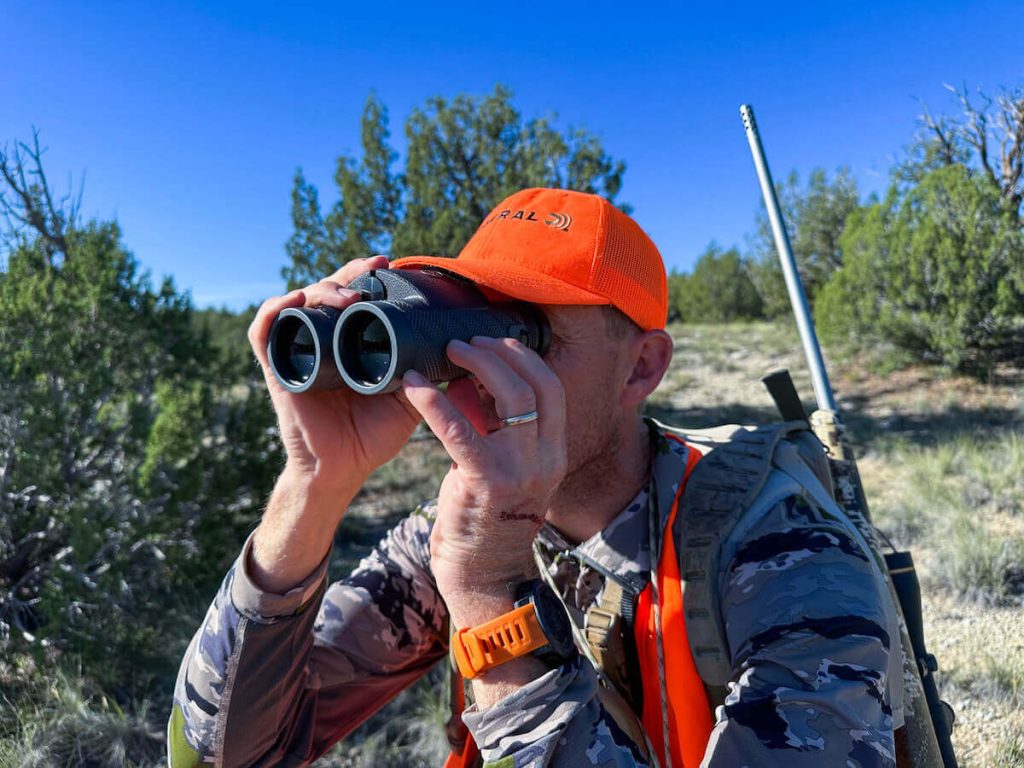
With your Mode of Operation set, you’ll select whether you want distances displayed in yards or meters. The Mode button toggles you through your choices, and the Range button will select and save your selection.
A Trio of Ranging Modes
Next, you can choose from a trio of ranging modes. I opted for LOS and HOR. This mode provides me with two ranges — line of sight and horizontal distance. For example, Bill’s 422-yard shot had a line of sight distance of 489 yards, but the horizontal distance was 422 yards. I quickly confirmed my horizontal distance by switching to the LOS and ANG (line of sight and angle) mode.
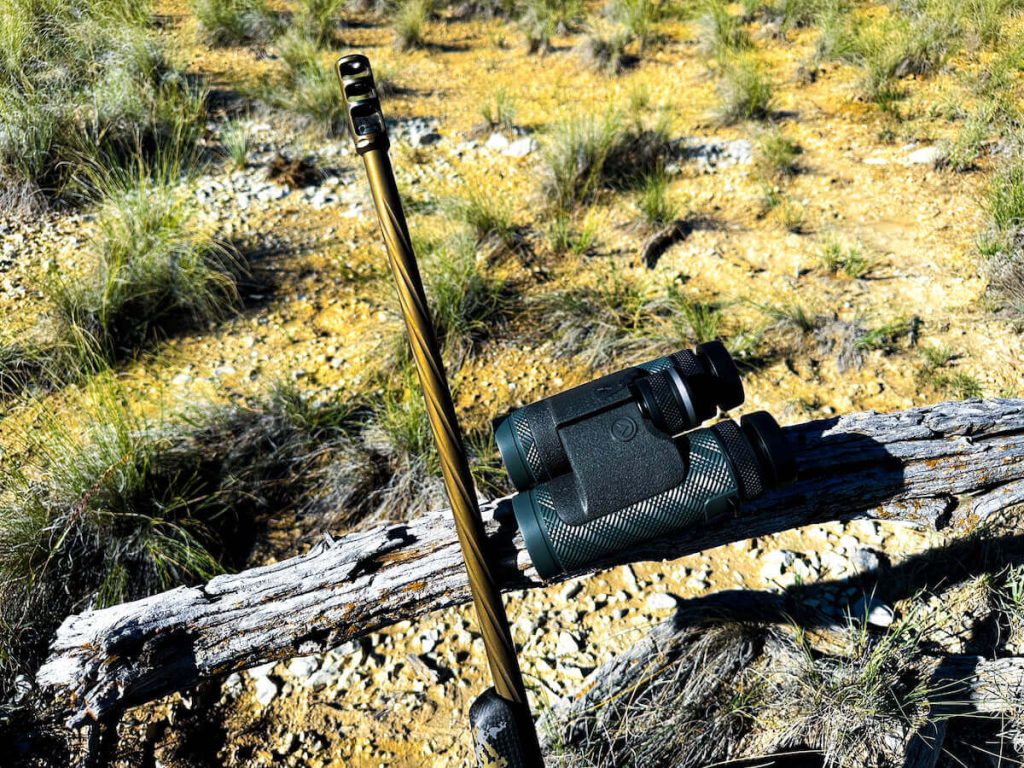
Lastly, you can select your brightness setting between 1 and 5 based on the outside conditions. If you want immediate access to your brightness settings, click the Mode button to skip through all other settings until you reach the brightness setting. I’ve been testing these rangefinding binos for almost a month, and the Level 3 Brightness Setting seems best for all conditions.
These are some of the most robust, easy-to-use, and accurate rangefinding binoculars I have ever had the pleasure to test. I wouldn’t hesitate to add them to my use-all-the-time hunting arsenal. The battery life is 2,000-plus hours, and ranging targets from 6 to 2,600 yards, these binos are perfect for bow and gun hunters alike.
Burris Signature LRF 10×42 Specs:
- MSRP: $1,200
- Magnification: 10X
- Eye Relief: 16mm
- Nitrogen Filled: No
- Weight 36 ounces
- Dimensions: 6″x5.5″x2.7
- Neck Strap: No
- Carry Case: No
- Operating Temp: 5 to 131 degrees Fahrenheit
- Power Source: CR2 Lithium Battery
- Battery Life: 2,000+
Final Thoughts
I hope everyone is off to an excellent season and that your gear choices serve you well. If those gear choices, from your rifle to your optics to your ammo and everything in between, aren’t up to snuff, consider the gear mentioned in this article.
Ultimately, as hunters, we work too hard to short-chance ourselves with lesser gear!
